WellPoint: Healthy Competitor
With the purchase of WellChoice completed, this health insurance giant's stock appears poised for more strong gains, says an S&P analyst.
WellPoint (WLP), the largest health benefits company in the U.S., grew even larger last week with the completion of its purchase of WellChoice. The closing of the $6.5-billion deal, which was announced last September, makes shares of the managed-care giant even more attractive for the coming year, says Standard Poor's analyst Phillip Seligman.
Seligman, who already liked the long-term earnings prospects for the company, reiterated his "strong buy" recommendation for the stock following the announcement on December 28. The stock is highlighted in the January 4 issue of SP's Outlook newsletter.
WellPoint, which itself was formed by a merger between Anthem and WellPoint Health Networks in late 2004, serves 34 million medical members, including the 5 million it has gained from WellChoice. It provides health insurance under the Blue Cross/Blue Shield brand in several states. That well-known name is an advantage for attracting new members, Seligman says, considering its "long-standing reputation for high quality service."
From just $107.88 $24.99 for Kiplinger Personal Finance
Become a smarter, better informed investor. Subscribe from just $107.88 $24.99, plus get up to 4 Special Issues

Sign up for Kiplinger’s Free Newsletters
Profit and prosper with the best of expert advice on investing, taxes, retirement, personal finance and more - straight to your e-mail.
Profit and prosper with the best of expert advice - straight to your e-mail.
WellChoice was the last remaining publicly traded Blue licensee, besides WellPoint. Its strong presence in the Northeast should be a boon for WellPoint's national accounts business, Seligman says.
WellPoint competes against such companies as UnitedHealth Group and Aetna. SP gives all three stocks its highest five-star rating.
Seligman says the purchase likely won't affect WellPoint's earnings this year. However, he sees the deal adding 5 cents a share to the company's 2007 profits, which he now estimates at $5.35 per share.
The stock made strong gains in 2005, climbing 39% for the year. At $79, the stock trades at 17 times the 2006 consensus earnings estimate of $4.58 per share. Analysts expect earnings to grow 15% annually over the next five years.
--Lisa Dixon
Profit and prosper with the best of Kiplinger's advice on investing, taxes, retirement, personal finance and much more. Delivered daily. Enter your email in the box and click Sign Me Up.
-
 Verizon’s 4-Line Phone Promo Offers Strong Value for Families Upgrading to Premium Devices
Verizon’s 4-Line Phone Promo Offers Strong Value for Families Upgrading to Premium DevicesFamilies can upgrade to top-tier smartphones for $25 a line with Verizon’s newest offer.
-
 Where to Store Your Cash in 2026
Where to Store Your Cash in 2026Set yourself up for success with these strategies.
-
 How Much Income You Really Need to Afford a $500,000 Home
How Much Income You Really Need to Afford a $500,000 HomeAs home prices increase, the income needed for a house is also climbing. We break down what you need to earn to afford a $500,000 home.
-
 If You'd Put $1,000 Into Coca-Cola Stock 20 Years Ago, Here's What You'd Have Today
If You'd Put $1,000 Into Coca-Cola Stock 20 Years Ago, Here's What You'd Have TodayEven with its reliable dividend growth and generous stock buybacks, Coca-Cola has underperformed the broad market in the long term.
-
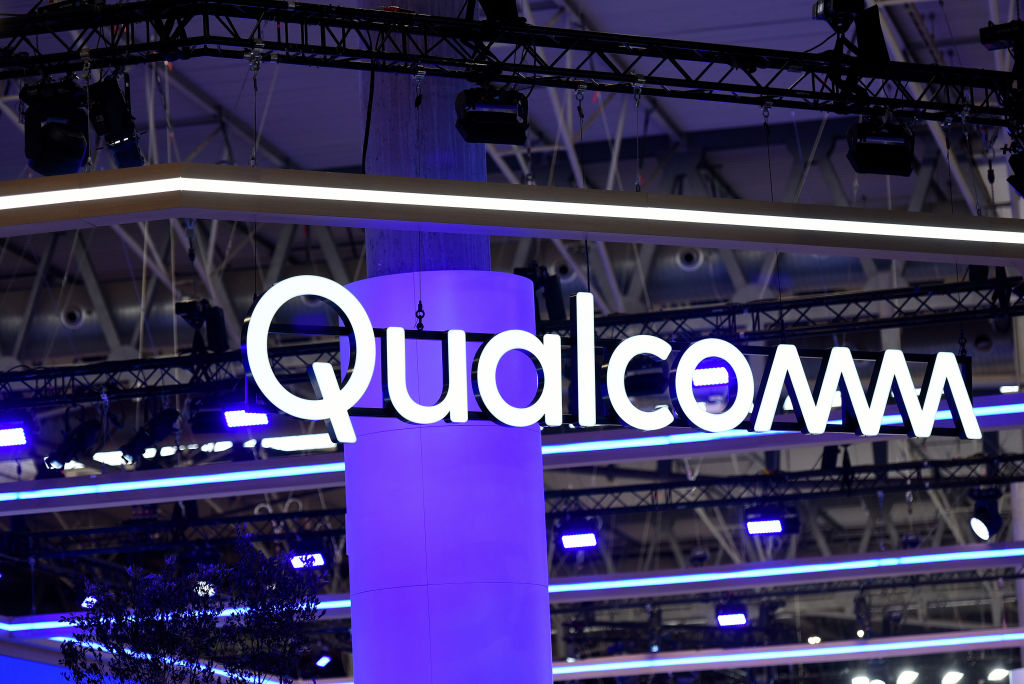 If You Put $1,000 into Qualcomm Stock 20 Years Ago, Here's What You Would Have Today
If You Put $1,000 into Qualcomm Stock 20 Years Ago, Here's What You Would Have TodayQualcomm stock has been a big disappointment for truly long-term investors.
-
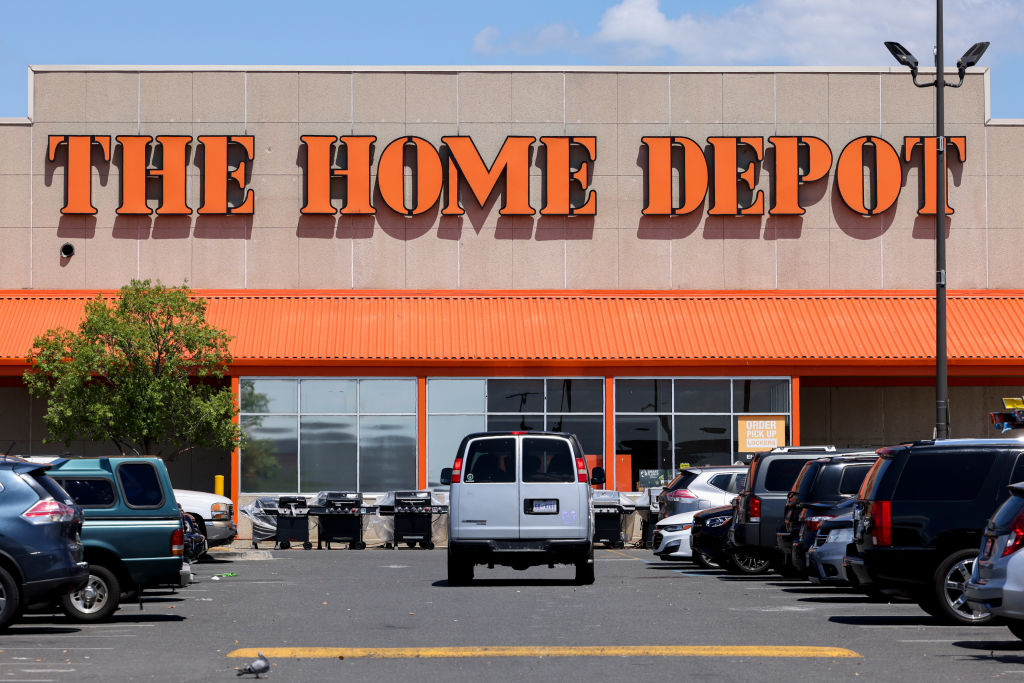 If You'd Put $1,000 Into Home Depot Stock 20 Years Ago, Here's What You'd Have Today
If You'd Put $1,000 Into Home Depot Stock 20 Years Ago, Here's What You'd Have TodayHome Depot stock has been a buy-and-hold banger for truly long-term investors.
-
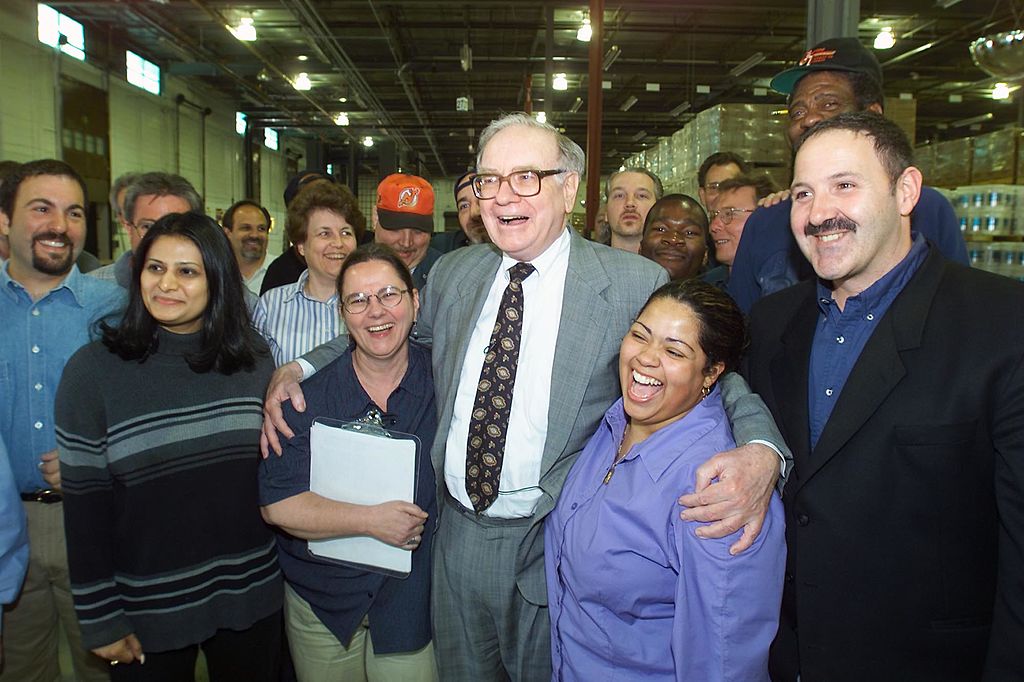 What the Rich Know About Investing That You Don't
What the Rich Know About Investing That You Don'tPeople like Warren Buffett become people like Warren Buffett by following basic rules and being disciplined. Here's how to accumulate real wealth.
-
 If You'd Put $1,000 Into Bank of America Stock 20 Years Ago, Here's What You'd Have Today
If You'd Put $1,000 Into Bank of America Stock 20 Years Ago, Here's What You'd Have TodayBank of America stock has been a massive buy-and-hold bust.
-
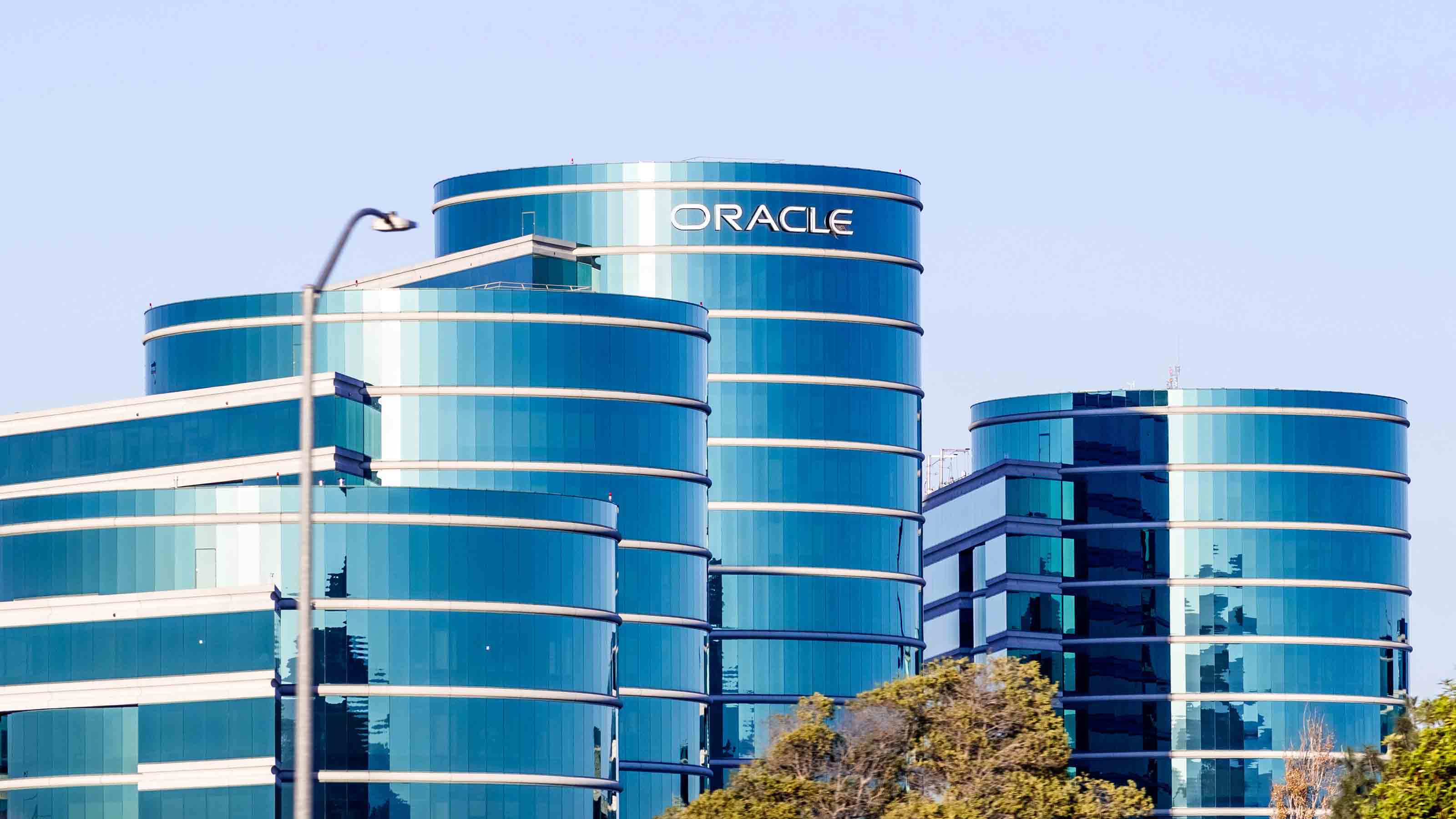
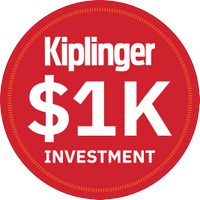 If You'd Put $1,000 Into Oracle Stock 20 Years Ago, Here's What You'd Have Today
If You'd Put $1,000 Into Oracle Stock 20 Years Ago, Here's What You'd Have TodayORCL Oracle stock has been an outstanding buy-and-hold bet for decades.
-
 How to Invest for Rising Data Integrity Risk
How to Invest for Rising Data Integrity RiskAmid a broad assault on venerable institutions, President Trump has targeted agencies responsible for data critical to markets. How should investors respond?
-
 If You'd Put $1,000 Into Sherwin-Williams Stock 20 Years Ago, Here's What You'd Have Today
If You'd Put $1,000 Into Sherwin-Williams Stock 20 Years Ago, Here's What You'd Have TodaySherwin-Williams stock has clobbered the broader market by a wide margin for a long time.